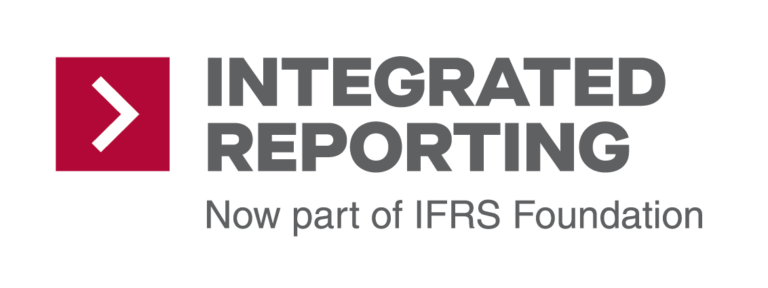In describing its business model, Redefine Properties clearly articulates, through a graph, which are the inputs it relies on also in terms of ‘availability, quality and affordability of capitals’ (paragraph 2.23 of the International <IR> Framework), business activities, outputs and outcomes. Outcomes are illustrated via quantitative and comparable information (against previous year), outlining if value…
Archives
-
Business model
As aligned with the principle of connectivity amongst the capitals (para. 3.8 of the International <IR> Framework), according to which integrated reports should show a holistic picture of the combination, interrelatedness and dependencies between the capitals, Anglo Platinum’s 2019 Integrated Report effectively uses a table to illustrate how the capitals interact. In the table, reference…
-
Business model
Standard Bank Group explains its business model over four pages, split into two diagrams, both covering double-page spreads. The first diagram is a business model overview and includes the following: A list of the company’s capital inputs into the business model (para. 4.14 of the International <IR> Framework). A short description of each strategy. Risk…
-
Business model
Ahold Delhaize’s Annual Report 2019 gives a comprehensive explanation of the company’s value creation over two pages, across six groups of capitals. For each capital, the report gives: A one or two paragraph-long overview of the business activities and value created relating to that capital (as per para. 4.16 of the International <IR> Framework). …
-
Business model
Telkom use a diagram covering a full double-page spread to illustrate their business model, within which they differentiate between their Outputs (in line with para. 4.18 of the International <IR> Framework), and their Outcomes (in line with para. 4.19 of the international <IR> Framework). The ‘Outcomes’ section of the diagram illustrates examples of internal and…
-
Business model
Telkom use a diagram covering a full double-page spread to illustrate their business model, within which they differentiate between their Outputs (in line with para. 4.18 of the International <IR> Framework), and their Outcomes (in line with para. 4.19 of the international <IR> Framework). The ‘Outcomes’ section of the diagram illustrates examples of internal and…
-
Business model
Wipro’s Annual Report for FY2019-20 explains the company’s performance for the year in detail in the ‘Management & Board Reports’ chapter. The chapter is divided into five sections, with each section dedicated to explaining Wipro’s performance relating to one of the five capital inputs and outputs identified in Wipro’s explanation of the business model, demonstrating…
-
Business model
Nedbank’s business model is oriented around the capitals for both inputs and outputs, and clearly articulates the value it creates. Nedbank communicates its outcomes in a balanced way, in line with paragraph 3.44 of the IR Framework, using statistics to evidence the positive and negative outcomes for each capital group. The business model also highlights…
-
Business model
Kumba Iron Ore highlights the interdependencies of its capitals, as part of its business model. For each of its six capitals, it highlights the necessary inputs, outlines the challenges in securing the inputs, evidences the actions it has taken, and evaluates whether the ensuing outcomes were positive, neutral or negative. Kumba Iron Ore uses page…
-
Business model
Key content elements of the York Timber’s Integrated Report is clearly structured around the six capitals (Section 2C of the International <IR> Framework). The business model diagram succinctly sets out key inputs for each capital the organisation leverages to carry out its business operations and the outcomes, followed by an overview of trade-offs between capitals…
